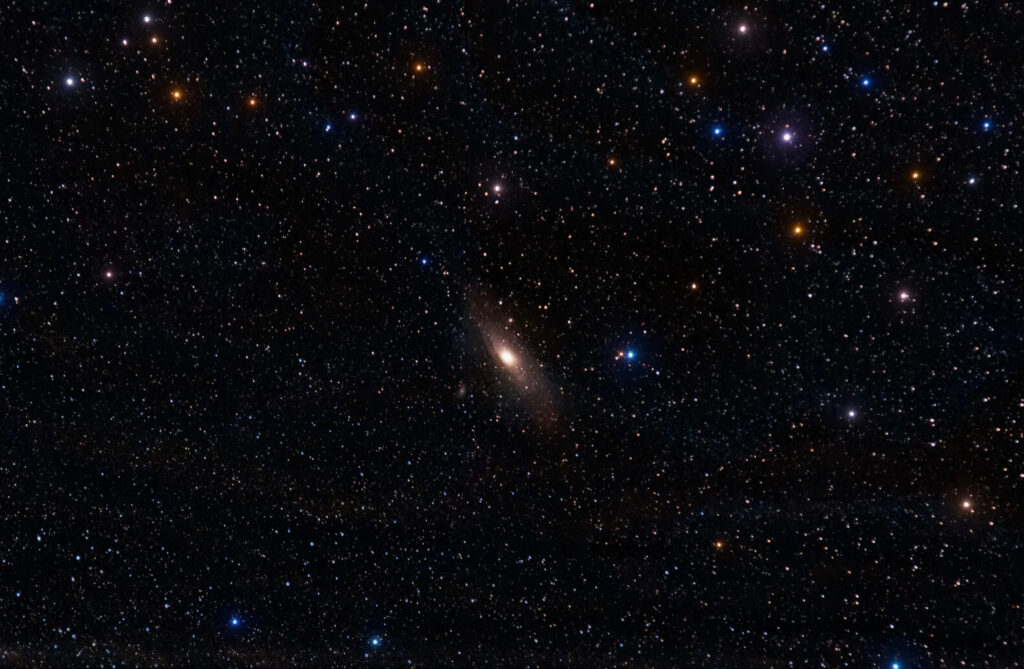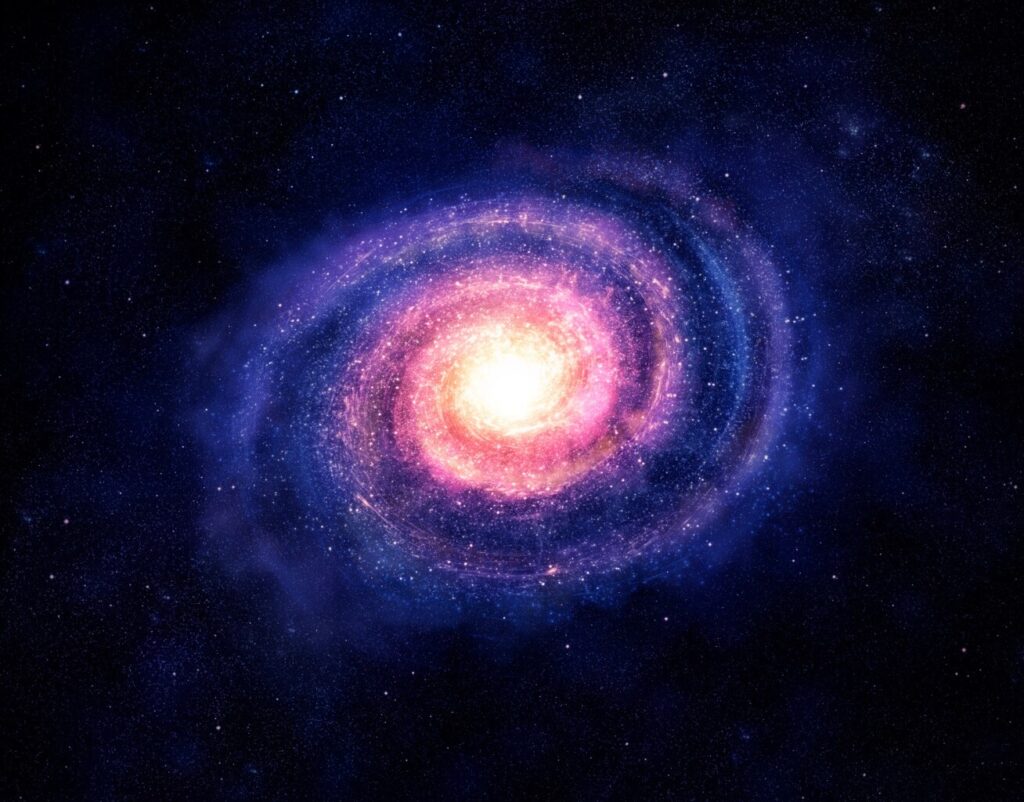The James Webb Space Telescope, surpassing its predecessor, the Hubble, has captured images of an extremely distant and small galaxy. This telescope, with its ability to capture approximately 10 times more light than the Hubble, has enabled researchers from the University of Minnesota to explore depths of the cosmos never before seen.
The exceptional sensitivity of the James Webb in the red and long wavelengths of the infrared spectrum is crucial for this observation, allowing astronomers to see phenomena that would otherwise be invisible. This achievement highlights the importance of collaboration between academic institutions and space projects, with the team from the University of Minnesota playing a key role in using the telescope to discover this distant galaxy.

The galaxy in question is remarkably small and distant, ranking among the smallest and farthest ever observed. Currently, the James Webb is the only telescope capable of reaching such depths of space. The observations made by Patrick Kelly and his team have been described as spectacular, enabling a new perspective on the early universe.

The telescope has provided a view approximately 13 billion years back in time, taking us to about 500 million years after the Big Bang. This discovery reveals that the galaxy has been forming stars at an unusually high rate for its size, a phenomenon that arouses great interest in the scientific community and is crucial for understanding how other galaxies were formed in the early moments of the universe.











